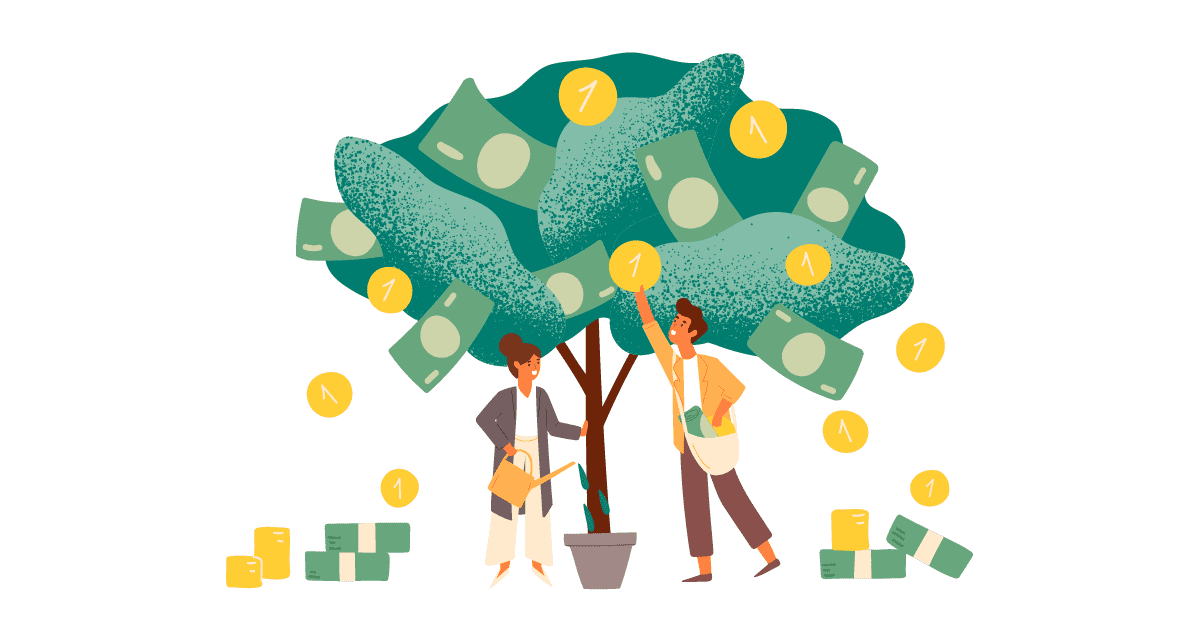- Guest Contributor
- April 2, 2021
Opening a new credit card not only improves your financial stability, but it also works to increase your credit score – if you keep it paid off. If you apply for and receive a new credit card and never use it, the grantor will eventually close the account if you don’t use it. If you use it, but pay off the balance every month, it will increase your financial stability and improve your credit score.
What Happens When You Get a New Credit Card?
When you first apply for a new credit card, your credit score will drop a couple of points. Every time you have a hard inquiry, credit reporting agencies deduct two points from your score. However, if you have another credit card, your credit usage ratio decreases. When that happens, your credit score increases.
To figure your credit usage ratio, divide the amount you owe – credit used – by your combined credit limit. For example, if you have three credit cards with a $10,000 limit on each, and you owe $5,000 on two of them and zero on the third one, your credit usage ratio is 10/30 or 33 percent. Most credit reporting agencies and lenders prefer to see your credit usage below 30 percent.
Thus, obtaining an additional credit card with a $5,000 credit limit changes the numbers to 10/35 or 28.5 percent, which is below 30 percent. You also have an additional $5,000 spending power, which gives you more financial stability as long as you don’t carry a balance from month to month.
Finding the Right Credit Card
Credit sites like Credit Karma can help you determine which is the best credit card for you. Research various credit cards that are available. Check to see whether the card has an annual fee and what the interest rate is. You want a card with the lowest interest rate possible. And preferably, you want one that doesn’t have an annual fee. Choose a credit card from a well-known bank. Once you narrow it down to a few, you can check the perks, such as a percentage off gas or points you can use for travel and lodging.
Once you receive the credit card, be sure to use it for small purchases so that you are able to pay the full amount on it every month. If you let a balance roll over every month, it will count against your credit usage ratio and your debt to income ratio.
What Is Debt to Income Ratio?
Lenders use your debt to income ratio to determine if you are a high risk for a loan. Divide the total amount of your payments by your gross income to get your debt to income ratio. If it is below 30 percent, you have a better chance of getting the loan you are applying for.
For example, if you owe $1,000 every month for the mortgage, you have two credit card payments of $200 and $100, and you owe $600 for a car payment, your total debt is $1,900. Divide $1,900 by your gross monthly income – for this example, let’s call it $6,000 – to get a DTI of 31.6 percent. If you pay off the credit card with the $100 minimum payment, your DTI drops to 30 percent.
Managing your credit is the key to not only having a high credit score but being financially stable. Never let your credit cards get so high that your DTI or credit usage is higher than about 30 percent.
About the Author: Cheryl Bowman has been writing on various topics since 2007. While she writes on many topics, including pets and food, her specialties are legal and automotive as she worked in both industries. Cheryl’s legal specialties are bankruptcy and family law, but she writes about criminal law and civil cases such as personal injury and real estate. You can find Cheryl on Writer Access.










